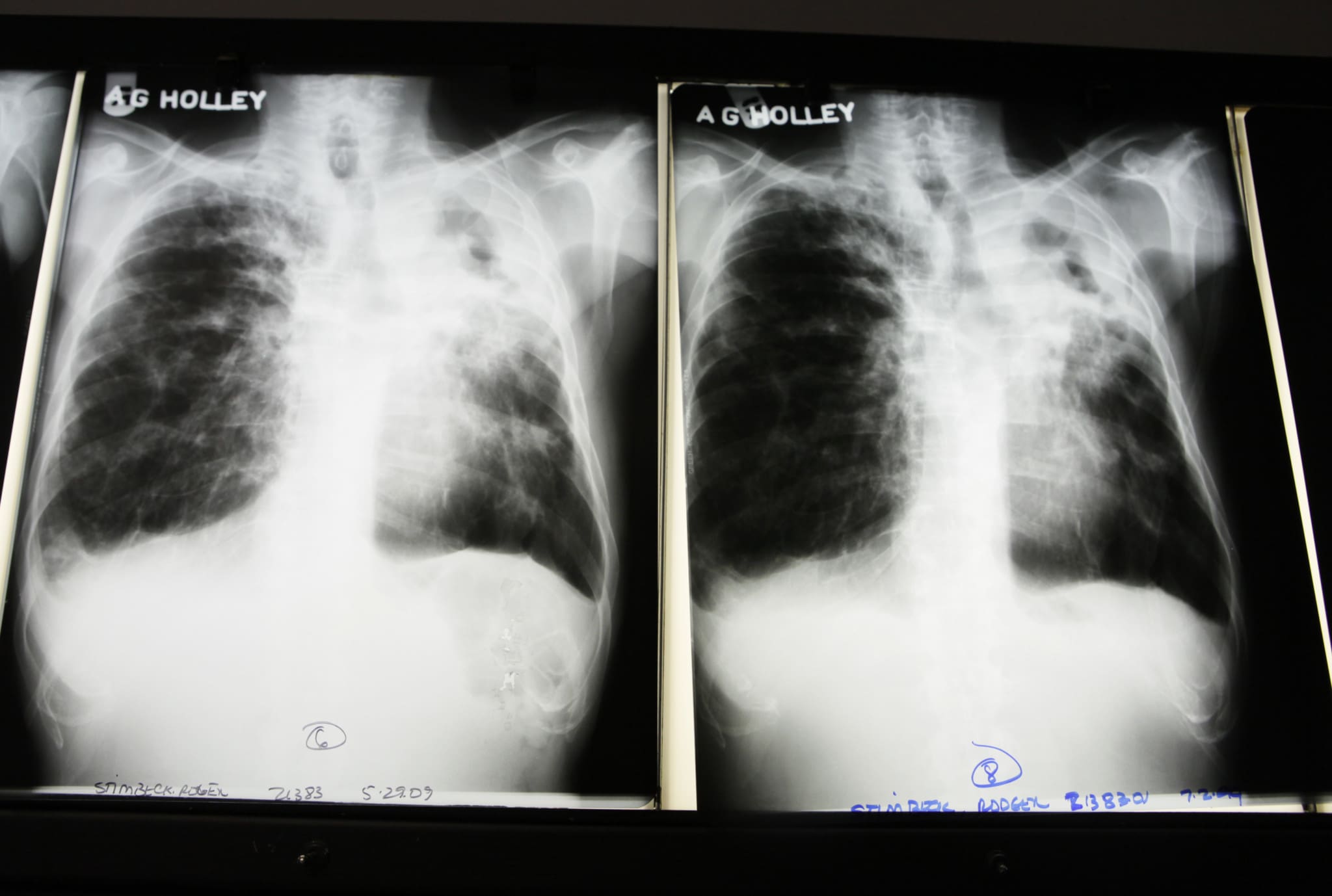Czechia is dealing with an increase in tuberculosis cases in recent days, and while a cause remains unknown, Ukraine’s refugee population could be responsible.
The National Institute of Public Health (SZÚ) has recorded more positive samples for tuberculosis-causing bacteria. An influx of migration from Ukraine, where the disease is more common, may have contributed to the rise. According to the Lancet medical journal, “Ukraine has the fourth-highest tuberculosis incidence in the WHO European Region and the fifth-highest number of confirmed cases of extensively drug-resistant TB in the world.”
While other theories are also being floated, such as a decrease in testing last year due to the Covid-19 pandemic, the prevalence of tuberculosis in Ukraine nevertheless represents a public health threat for many of the Central and Eastern European nations taking in hundreds of thousands of refugees.
According to estimates by the European Centre for Disease Prevention and Control (ECDC), based on data from the World Health Organization (WHO), for every 2,000 displaced women from Ukraine, one case of active tuberculosis can be expected. For men over the age of 65, there is one case for 1,600 people and children under 14, one for 5,000. In the Czech Republic, approximately 307,000 refugees obtained a visa.
[pp id=33192]
Czech children were compulsorily vaccinated against tuberculosis by 2010, but the vaccination was terminated due to a small number of cases and significant side effects, according to Czech news outlet Echo24. Only children from high-risk environments are vaccinated, such as newborns of mothers from countries with a higher incidence.
In 2019 and 2020, there were around 400 cases per year in the Czech Republic. Foreign nationals make up about a third of them in the long run, most often men who go to the country for work. In recent years, Ukrainian children have been vaccinated directly in the maternity hospital; in 2020, about 89 percent received the vaccine.
Last year, from March 1 to April 21, the National Reference Laboratory captured 39 positive samples. This year, the number was 57 for the same period. For the whole of 2020, from which the latest complete data comes there were 368 tuberculosis cases, with 464 a year earlier.
“The National Reference Laboratory for Mycobacteria (NRLM) has seen an increase in M. tuberculosis strains sent for confirmatory antibiotic susceptibility in recent days,” said SZÚ director Barbora Macková. “However, from the point of view of the available data, it is too early to determine a reason,” she added.
The exact numbers of tuberculosis cases are reported retrospectively to the registries. According to the SZÚ, it does not provide data for the last weeks. Thus, the institute can only rely on a year-on-year comparison of the number of samples sent to the National Reference Laboratory for confirmation.
According to experts, tuberculosis bacteria grow slowly, so the journey from sampling to cultivation and sending to the national reference laboratory takes several weeks. The national reference laboratory then confirms the positivity of the sample and precisely defines the strain that caused the disease. According to Macková, the laboratory will continue to check every one sent in the coming days and weeks.
“Our team will then clarify whether this is a person who came to our country recently or a permanent resident, together with information on whether he or she was already treated before arrival,” Macková added.
“Accidental and short-term contact with a patient with tuberculosis usually does not lead to infection. It requires a longer, literally several-hour contact with a person who excretes bacteria in the mucus from the airways,” Macková specified.






